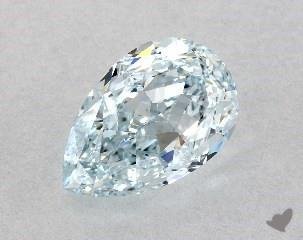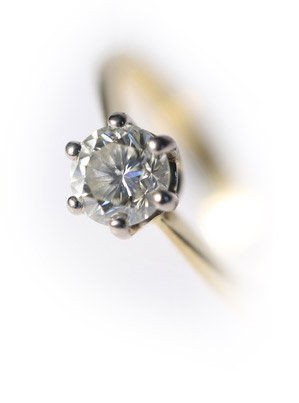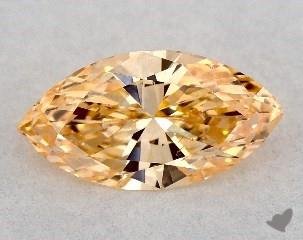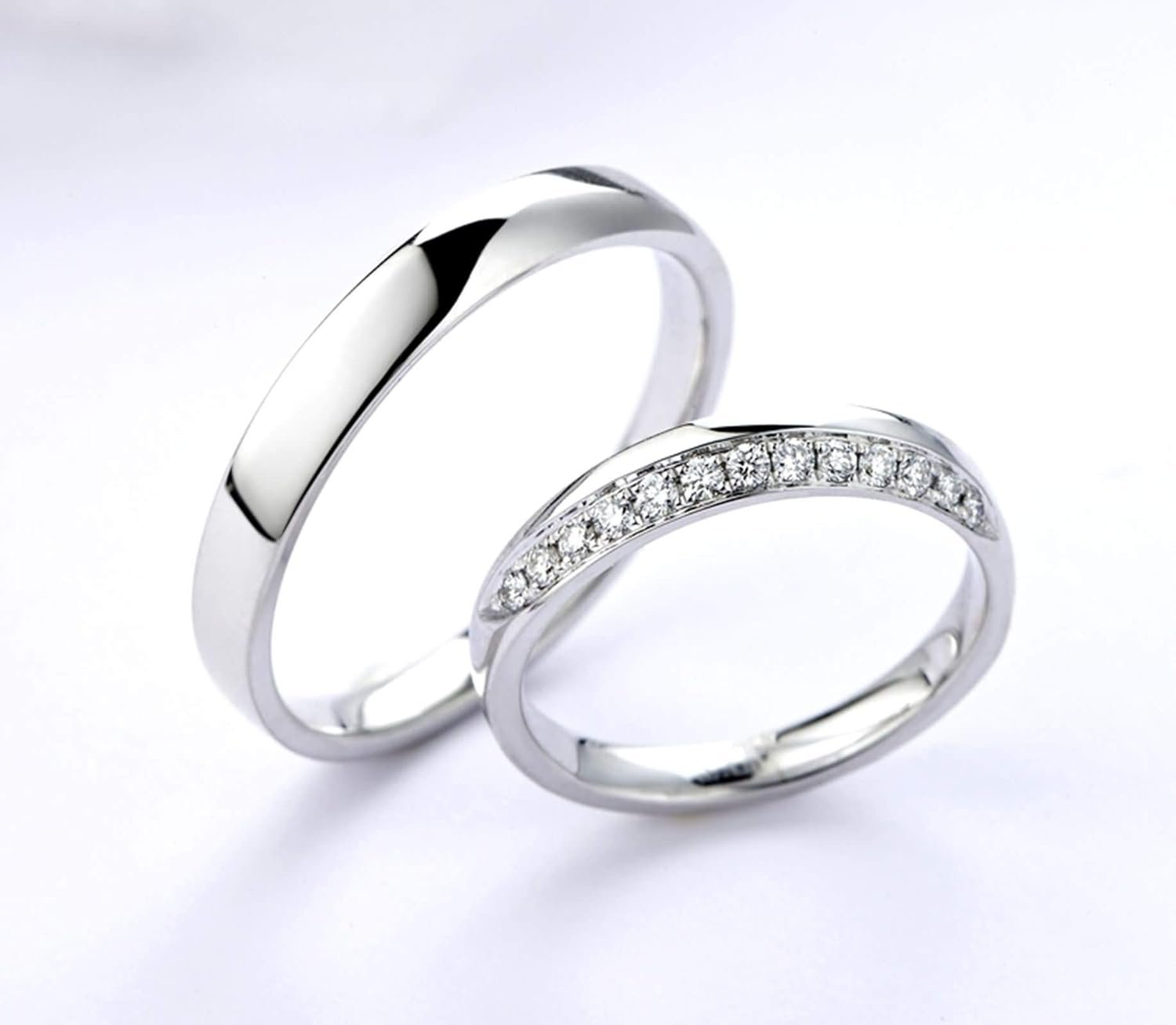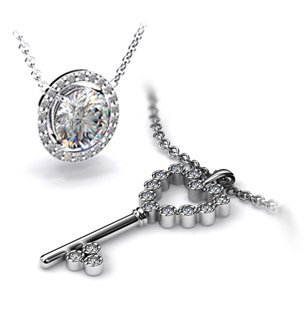
Gemstone Anatomy
Clarity in Gemstones
At Videh, we understand that clarity is a crucial aspect of evaluating natural gemstones. Clarity refers to the presence of internal flaws (inclusions) or external flaws on each stone. While most gemstones contain some inclusions, finding a flawless gemstone is rarer than finding a flawless diamond. The natural formation process within the Earth dictates the number and type of inclusions a gemstone may have.
Inclusions and Their Impact
Some gemstones, such as emeralds, are formed under intense geological conditions, making them almost always included. Conversely, darker gemstones like blue topaz, purple amethyst, and red garnet can mask inclusions due to the depth of their color, thus retaining their value. Lighter gemstones, including diamonds, showcase internal inclusions more prominently. It is less common to find an internally flawless emerald than an internally flawless diamond. Sapphires, in particular, rarely exhibit the high clarity seen in fine diamonds, as they host various inclusions. Even the best sapphires are not expected to be free of inclusions when viewed at 10x magnification, with these inclusions varying by their source and treatment history.
GIA Clarity Classifications
The Gemological Institute of America (GIA) classifies colored gemstones into three types based on their clarity:
- Type I : Gemstones that form under geological conditions with minimal inclusions, often appearing "eye-clean."
- Type II : : Gemstones, like sapphires, that form under more severe conditions, resulting in more noticeable inclusions.
- Type III : Gemstones that form under the most intense geological conditions, typically showing inclusions visible to the naked eye and rarely being "eye-clean."
The Art of Cutting Gemstones
Cutting colored gemstones is an art that aims to enhance their natural beauty by maximizing light reflection and minimizing inclusions. Unlike diamonds, there are no fixed rules for cutting colored gemstones. Cutters make choices based on the stone's inclusions to minimize their impact and enhance the gemstone's visual appeal.
Faceting and Light Reflection
The facets on the top or crown of a gemstone capture light, while those on the bottom or pavilion reflect light internally. This interplay of capturing and reflecting light creates various visual effects, enhancing the gemstone's brilliance.
Polishing for Perfection
Polishing gemstones gives them a reflective finish, allowing light to refract through the stone and reflect off its surface. This process significantly contributes to a gemstone's sparkle. Various materials, including fine diamond grades, metal oxides like aluminum oxide or ferric oxide, and even felt, leather, or wood, can be used for polishing.
At Videh, we are committed to offering gemstones that meet the highest standards of clarity, cut, and polish, ensuring that each piece of jewelry we create is a masterpiece of natural beauty and craftsmanship.


